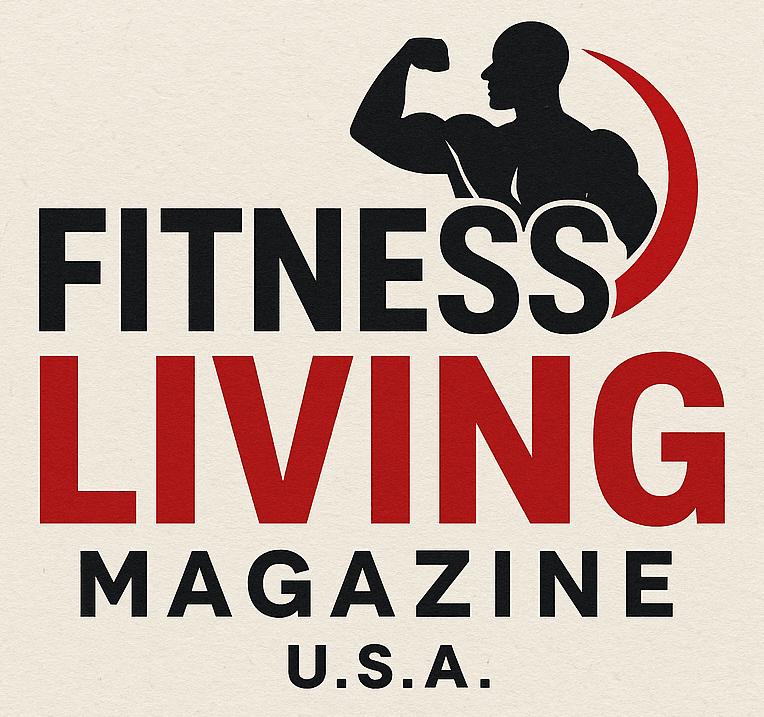
Building Lasting Habits: Why Strategy Matters
We all start with the best intentions when it comes to our health aspirations—working out, eating healthier, prioritizing self-care—but sticking to those resolutions can be problematic. Life is busy, motivation wanes, and we often fall back into old patterns. The key to creating lasting habits isn’t just a matter of willpower; it’s strategy. Gym owners and fitness trainers play a crucial role in helping their clients discover to build habits that become a seamless part of their lives.
Start Small: The Power of Tiny Wins
One of the most common mistakes people make is starting too big, too fast. Goal-setting is vital, but if you declare, “I will work out every day,” you may feel overwhelmed. Instead, commit to just 10 minutes a day. Whether that means a brief workout, a quick dance session, or a short yoga flow, starting small makes the process less intimidating. Once that initial habit is established, you can gradually increase your commitment. Consider it like taking baby steps; it’s less daunting and ultimately leads to greater success.
Innovative Habits: Stacking for Success
Another powerful strategy in building habits is known as habit stacking. This technique involves pairing a new habit with an existing one, creating a natural flow in your routine. For instance, if you want to start journaling, do it right after brushing your teeth each morning. This method makes it much easier for your new habits to feel intrinsic and less forced. Moreover, by stacking habits, you reinforce the importance of both actions, leading to a more holistic lifestyle change.
Creating a Supportive Environment
Successful habit formation often reflects a well-structured environment. For gym owners and trainers, improving their clients' surroundings can facilitate better choices. Keeping healthy snacks readily available and minimizing distractions is crucial. When clients step into the gym, well-designed spaces that promote activity can enhance their experience. Creating an atmosphere that champions healthy living fosters accountability and can spark motivation. Remember, convenience is a significant factor; the easier a habit is to perform, the more likely it will stick.
The Importance of Tracking Progress
There’s immense value in tracking your progress toward forming new habits. Whether through a fitness app or a traditional planner, visually seeing the results of effort can provide the motivation necessary to continue. Even if someone should miss a day, consistency, not perfection, is the ultimate goal. By celebrating small wins, whether it’s reflecting on times worked out or healthier meals made, clients can embrace the journey toward their goals.
Understand the Psychology of Habit Formation
According to experts like Gretchen Rubin, knowing oneself is key to habit change. She discusses various personality types and how they respond to expectations. This insight is crucial for trainers in crafting personalized plans for their clients. For instance, understanding if someone is an Obliger—who responds better to external accountability—can help in setting up a more effective support system.
Actionable Insights to Make Habits Stick
Having a powerful 'why' can dramatically influence success in adherence to new habits. For many, the quest for better health comes from emotional or aspirational drives: wanting to live longer for loved ones, feeling more confident, or even improving overall well-being. Ensuring a clear motivation underpins the effectiveness of habit-change strategies.
Practical Tips for Trainers and Gym Owners
- Incorporate Workshops: Organizing sessions on habit formation can help clients set realistic goals.
- Create Accountability Groups: Form small groups where clients can share goals and progress with peers, fostering community.
- Utilized Technology: Encourage clients to use apps that track their activity and nutrition.
- Regular Check-ins: Follow up with clients to discuss their progress, set new goals, and adjust habits as necessary.
In Conclusion: The Journey to Healthy Living
Building habits that stick requires dedication and strategy. For gym owners and fitness trainers, engaging with clients throughout their journey—from understanding personal values to creating actionable insights—can foster accountability and encourage sustainability. The goal is not perfection, but rather a gradual journey towards better health, ultimately leading to improved self-care and well-being. So, if you're leading a training facility, consider implementing these strategies and watch your clients thrive!
For more insightful tips on habit formation and fostering a healthier lifestyle, you can explore community workshops or fitness seminars in your area. Knowledge is the first step towards lasting change.
 Add Row
Add Row  Add
Add 



Write A Comment